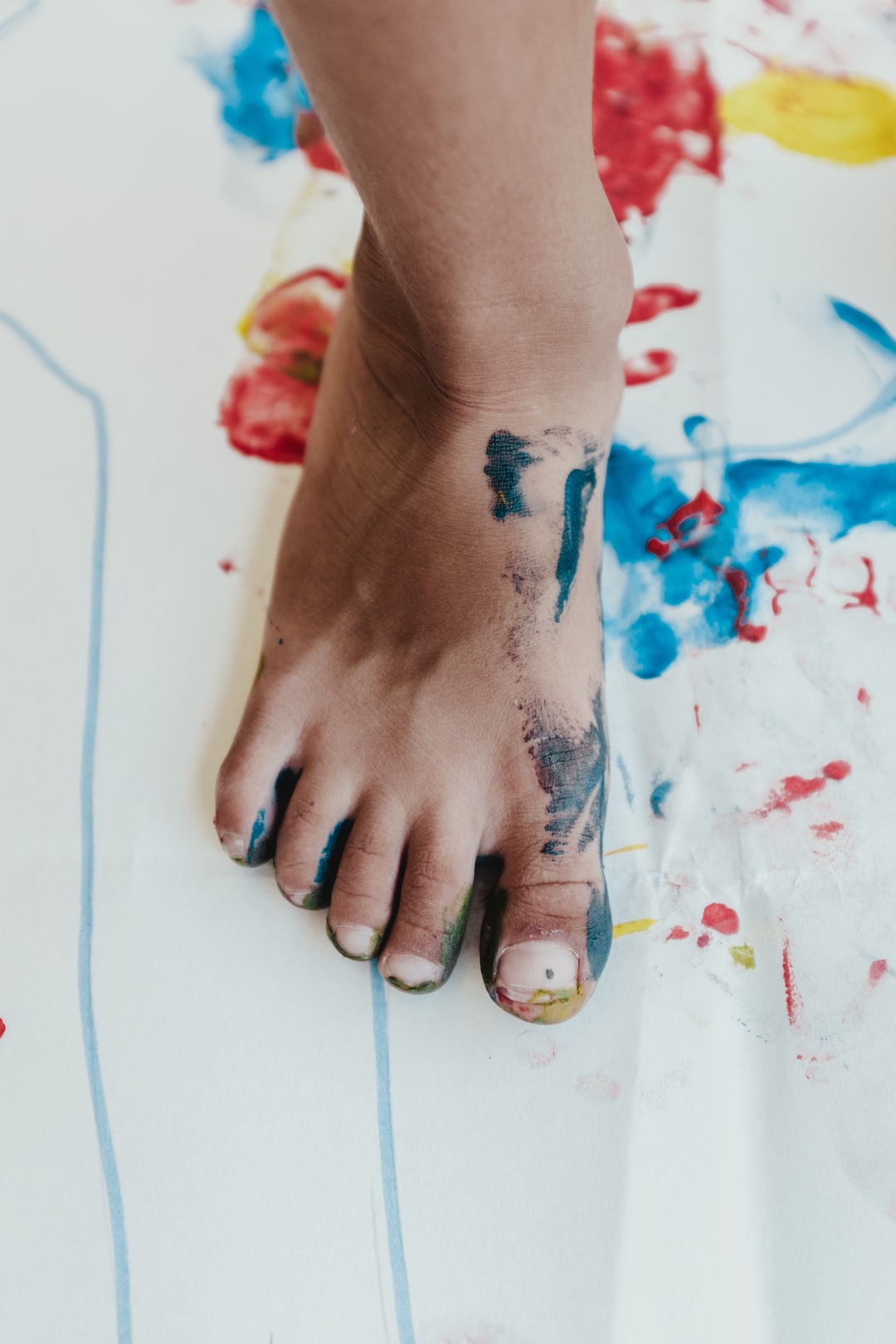Fashion design is a creative and dynamic field that has been evolving for centuries. From the traditional hand-sewn garments of ancient civilizations to the highly technical and computerized designs of present-day, fashion has always been a significant part of history and culture.
The art of fashion design involves the process of creating original wearable garments, accessories, and streetwear. It requires an in-depth knowledge of textiles, sewing techniques, color theory, trend forecasting, and development technologies. Fashion designers use these skills to create original and aesthetically appealing designs that communicate a message and vision to the public.
The industry of fashion design is highly competitive, with designers vying for recognition, attention, and prestige. The fashion industry is a global business that employs millions of people worldwide and generates trillions of dollars in revenue. It includes not only designers but also retailers, manufacturers, distributors, marketers, and influencers.
The fashion design industry is continuously evolving, with new technologies and trends emerging every year. Fashion designers must stay up-to-date with the latest developments, including digital design tools, 3D printing, and wearable technology. They must also be able to anticipate future trends and develop innovative designs that not only fit but also lead industry trends.
The design process begins with research, where designers study current market trends, cultural and social changes, and consumer needs and preferences. They then use this information to develop a concept for their designs, creating sketches and patterns before beginning to produce the clothing.
Once the designs are complete, designers will produce prototypes, often through draping, to visualize how the clothing will fit and adjust their designs accordingly. From there, designers will select the fabrics and colors to use, and decide on details such as buttons, zippers, and trim.
After finalizing their designs, the production process begins, with designers working with manufacturers to produce the clothing. This process can involve many steps, including pattern making, sewing, and quality control.
The success of a fashion designer depends on several factors, including creative vision, technical skills, and business acumen. These skills allow designers to create unique, innovative designs that resonate with consumers while also managing the business side of the industry. Fashion designers must be able to negotiate contracts, manage budgets, and market their creations to potential customers.
The fashion industry is constantly evolving, with new trends and technologies emerging every year. Despite this, the art of fashion design will always be a critical part of the industry, with designers using their creativity and innovation to communicate ideas and inspire the public.
In conclusion, the art of fashion design is a dynamic and fascinating industry that requires creativity, innovation, and technical expertise. With global growth and endless opportunities to express an individual’s style, the industry of fashion design continues to thrive so long as there is always something fresh to offer.

